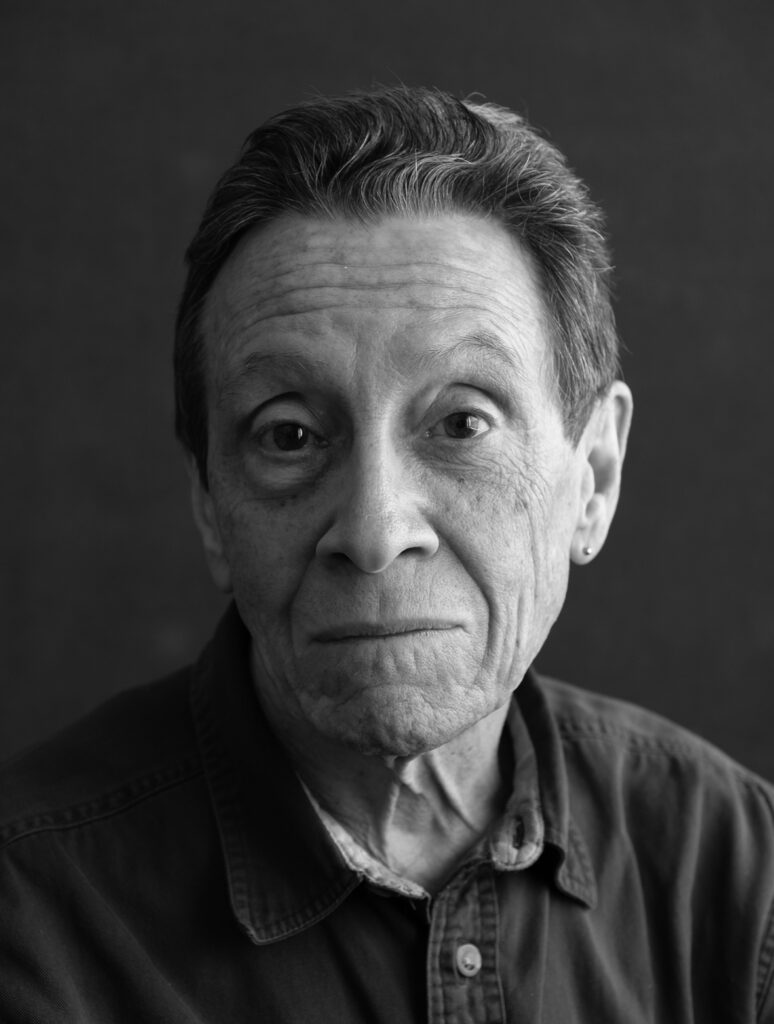
Uncertainty Principle
by A. D. Coleman
In February 2022 Russian dictator Vladimir Putin launched the most ferocious ground war since World War II: the illegal invasion of Ukraine by the Russian Federation. The images gathered here were made by beginning photographers during the months since.
While the conflict has not raged in these students’ own countries, it has taken place in what we might call their regional neighborhood. Ongoing even as I write this at the beginning of the new year, that so-called “special military operation” serves as the geopolitical and cultural background for these images. So we might think of them all, cumulatively, as “war-adjacent.”
Understandably, then, “uncertainty” serves as the theme for this 2023 edition of an established, annual, collaborative exhibition of work by a cross-section of young Nordic photographers. And it manifests itself in a number of different ways.
Most of these picture-makers work directorially, usually with themselves or models as actors therein. Two of them, both Swedish, address the war in Ukraine directly: Benjamin Hellström represents it via elaborate tabletop constructions involving Lego figures in disaster scenarios, while Isabelle Ten offers an unnerving triptych involving Russian and Swedish passports, barefoot figures in hangman’s nooses, and the grim façade of a featureless building.
Some turn their attention to problematic social issues. Alex Still, concerned with the energy crisis, looks at wind turbines and solar panels. Kári Meyer creates translucent still lifes as a way to to contemplate the loss of “heirloom” varieties of vegetables. Auðbjörg Helga Guðmundsdóttir makes intimate color close-ups symbolic of the loss of relatives to Alzheimer’s disease.
For others, the concerns come from more interior, personal areas of their lives. Chaimongkhon Pimpila treats the dangers of his passion for skateboarding as emblematic of the general riskiness of life. In a short sequence about loneliness, Belle Lindström suggests love of self as a cure for it. Oda Hermond enacts a distraught young woman performing a disturbing suite of bathroom rituals. Laimonas Dom Baranauskas evokes his childhood fears of an unsettling forest path in his native Lithuania.
Hlín Guðmundsdóttir, Júlía Sif Jónsdóttir, and Fred Bergdahl all stage scenarios in which mysterious, ghostly figures move through urban settings or lurk in gloomy locales, such as the interior of an abandoned industrial site. Mathilda Huggare’s depopulated nighttime urbanscapes appear somehow blood-drenched. Tilda Lundgren Berbres’s cloaked female figure in a forest, first praying and then blindfolded, finds echoes in Jennifer Asplund’s ominous twilight forest scenes. In this context Anni Jonasson’s dark, enigmatic domestic interiors, Sofie Herranen’s whimsical nighttime play with light, and even Andrés Blær Oddsson’s blurred abstractions in muted colors take on anxious undertones.
Uncertain images for uncertain times.
Bio note:
Based in New York, A. D. Coleman currently celebrates his 55th year as a critic, historian, and theorist of photography and photo-based art. His blog, Photocritic International, appears online at photocritic.com.
© Copyright 2023 by A. D. Coleman. All rights reserved. By permission of the author and Image/World Syndication Services, [email protected].